|
10th November 2019 Sunday lunch time at 'The Sovereigns' in Woking. 50 Fathoms is still on hiatus, so board games it is. We actually begin the day with a card game. A little 2 player 'Alice in Wonderland' themed game called 'Wonderland'. Yeah... Someone spend a while coming up with that. What's in a game? Wonderland is quite a minimalist game. There is a deck of cards for each player and each deck has only 7 cards in it. 7! Despite the differing artwork, the 2 decks are identical.
The theme though, is entirely replaceable, it could as easily been about cats v dogs or elves v orcs or whatever v whatever. How's it play? The purpose of Wonderland is to place cards down in the playing area (In a 3x3 grid.) to 'win' the rows and columns. After deciding who will be playing who, each player should take their respective deck.
Rows and columns are 'won' by calculating the value of each players' cards in each row and each column, the player who has the highest value in each row and each column 'wins' it and takes that row or column's face-down card. However, it's not just the value of the cards that matter here. The poison and the cake play a vital role here.
Overall
Wonderland is an interesting little game that seems to be about trying to out-predict the other player and ruthlessly take advantage of any error the other player may make. Playing a card with a cake or poison symbol facing the right way can dramatically change the scores. There's also an element of bluffing here, as each player essentially has to discard 3 cards and only play 4. This means it not possible to count cards as a player never knows what their opponent has put into their row or column. Wonderland is a quick game to play and is small and portable. I don't think it's a game that stands up to a lot of repeatedly play. But has a quick filler for 2 players it's OK.
0 Comments
6th August 2019 We have arrived at Tuesday evening and thus come to gaming at 'The Sovereigns' in Woking. Century: The New World is the 3rd and final instalment in the 'Century trilogy'. You can read my post on Century: Spice Road here. You can read my post on Century: Eastern Wonder here. Century: The New World can be combined with the other 2 games to create one massive game, or in other combinations to create a total of 7 games. Century: The New World differentiates itself from the other 2 games by being a worker placement game. I guess the game board represents plantations or farms and trading posts of the early settlers of the new world. Whats in a game? If you've played either of the 2 previous games, you'll be on somewhat familiar ground here and recognise some of the components:
New Components:
How's it play?
First there is of course set up.
Taking turns, the active player can perform 1 of 2 actions.
Endgame The endgame is triggered when a player acquires their 8th card. In which case play progresses until the round is over. Upon which scores are totted up. Points are earned from:
Overall The game's core mechanic of trading cubes until enough are accumulated to buy cards that earn victory points is fundamentally unchanged from the first 2 games (Which is to be expected.). So if you like this, I imagine you may find Century: The New World appealing. What this game adds is a fairly average implementation of worker placement rules. It's nothing to write home about, but it functions well enough. However the cards and bonus tiles add an extra layer of depth to the game. When buying a card, you now need to consider factors other than just points value. Acquiring extra workers and spaces can be very useful (Although the latter is potentially useful to all players.). Acquiring bonus tiles is also an important strategy to earning points. But taking tiles is an important decision, you get to have 3 and making a poor choice early on can hinder the potential to earn points. you have to try and think ahead. The game gives to meaningful decisions to make and find the optimal method to accumulating commodities is key to doing well I think. Century: The New World is not my favourite 'Century' game (That goes to Century: Eastern Wonder.) but I would have no reservation in playing this again. 20th March 2019
It's a Wednesday and Matt has come round my place and we're going to play a 2-player game. We've chosen to play Fog Of Love again. You can read my initial blog about it here. After playing it a second time, I don't think my opinion of it has improved at all. It's a bit of an oddity that feels like it's more of 'story-game' than anything else. The scoring seems extraneous and it be better off being a game plan for fun. Perhaps it's because there appears to be little variation or breadth in strategies you would want to employ that it all point-scoring feel a bit pointless. I don't know really, but it makes for a strangely unsatisfying experience. 20th February. Matt bought a copy of 2-player game Fog of Love round and we had a go. First impressions: High production values, looks nice, quality components. The game has a long set-up - particularly for a 2-player game. It has a specific tutorial set up for the first play. Fog of Love is a game about a relationship between 2 players, how it starts and how it possibly ends. The game is a strange mix of sort of 'area-control and the old TV show 'Mr & Mrs' and is a bit tricky to explain. So when you play this game, you're meant to narrate your actions in the game as a story. We did it a little bit, but not much. Before I talk about how the game is played, I think I need to explain what you need to do to win. To win, a player must have the highest happiness. There appear to be 4 ways to gain happiness.
Traits Your fictional relationship with the other player is defined through 6 'personality dimensions', these are such things a discipline, extrovert etc, each personality dimension has a plus and a negative. At the start of the game you will pick some traits, traits are hidden from the other player and represent most of your goals for the game. Achieving these goals helps you win the game. Usually the goal of a trait will be to acquire a certain score in a certain personality dimension by the end of the game. This could be something like have +4 in Extrovert or -3 in Sensitivity. The twist here is that the score is shared between both players. Thus if you put a point in the positive score of a personality dimension and the other player puts a point in the negative score, the total score for that personality dimension will be 0. Getting the scores you want in specific personality dimensions appears to be the key to victory. At the start of the game you pick a profession and 3 traits, after this you pick some features which you give to the other player. Features like tall, or slow talker etc. This defines the other players character., it will also change their scores in the the personality dimensions. Both players are then dealt a hand of 'scene' cards. These represent events that couples might have in their relationship., such as going on holiday, buying gifts. There's loads of them and they come in 3 different flavours. Sweet, serious and drama. Then play begins. Questions & Answers
Alternating between the players, each one plays a scene card. A scene card consists of a description of an event and up to 4 different responses that can be given. This is done by reading the card out to the other player. Cards basically come in 2 types, a question that the other player must answer or a question that both players must answer. For example: Question: Holiday in Rome (both players must answer). There might be 4 answers. A: Yes for a month. B: Yes for a fortnight C: Yes for week. D: No. Each answer will give you points in a personality dimension. Different types of answer will give you points in different areas. So saying 'No' might increase your score in 'Discipline', saying 'Yes' might increase your score in 'Extroversion'. If it's a question both players must answer, then they must do so in secret (using some nice chunky poker chips marked A-D). Then answered are compared. Generally, if the players answers match, they tend to get some bonus for it. When answering these questions, you will know what you get if you have to provide an answer as well. But when the question is posed by the other player, you have to try and guess which answer will give you points in the personality dimension that you want to increase (as dictated by your traits). Play proceeds like this until you have completed all 3 'chapters' of the game. Each chapter has a number of scene cards you need to play. Secrets You can also get 'Secret' cards that are hidden until revealed, either during normal play or as part of the endgame. It will give different rewards, dependant on when it is revealed. Destiny Finally you have 'Destiny' cards. Both players keep at least 2 hidden destiny cards (but not part of their hand) that they must choose one to play during the endgame. If the criteria on the destiny card is met, then extra points are scored. So finally, all relevant points are applied to happiness and the player with the highest happiness, wins! Fog of Love is an interesting idea and ok to play. But I'm not sure on it's depth or longevity. There doesn't appear to be any strategy other than trying to use questions (or answer questions) that match your traits as closely as possible. The destiny cards seem very hard to complete and thus irrelevant. You appear to start the game with the same 4 cards every time, I don't know if you can pick up more during play. There are apparently other chapters you can play that alter the types of scene cards you can play in different chapters. But I don't know if this add enough to the game. This game requires at least another play before I settle on a opinion on it. Because I've been concentrating on Gameblast, my general games blogging has suffered. This goes all the way back to 6th February. Matt came round and we played a couple of 2-player games. 7 Wonders Duel is a 2-player only variant of 7 Wonders. It shares a lot of similarity with that game, but where it differs from the original is in card-drafting. That is to say that 7 Wonders Duel has no card-drafting at all, it would be a bit silly in 2-player game. Instead Duel uses cards laid out in one of several different 'array'. Imagine the cards laid out in rows in a pyramid shape, each row having less cards as the pyramid rises, until at the top where only one card is laid. Now imagine the alternating rows being face up and face down. Now imagine the tops of the lower cards covering the bottom of the cards above. That's how cards are laid out in 7 Wonders Duel: It requires a little prep, but not as much as it sounds above. I guess that this is designed to replicate or replace the drafting mechanic. When drawing a card, you can only draw a card that has no other cards on it. Thus might be forced to take cards you don't want (or are unknown) to get to the cards that you want. The rest of the game is more or less the same as the full game. The cards you acquire can be used to generate resources to buy other cards to generate even more resources. There are also scientific, civic and military cards to collect, etc. You create wonders and play over 3 ages. One area where something new is added is winning conditions. Normally you score when the final round us over: Now if you acquire a certain number of scientific advances, then you score a scientific victory. Additionally; the game has a military track, acquiring military cards moves a marker along the track, move the marker far enough and you score a military victory. Both of these victories can be achieved before the games traditional ending and add a new dynamic to strategies you can adopt. Overall, 7 Wonders Duel replicates enough of the original to be similar but is its own thing. However, if I had to choose between the two, I'd choose 7 Wonders every time. Just because it supports more players. RaptorThe second 2-player game of the night was Raptor.
Have you ever wanted to play a band of scientists armed with tranquiliser rifles and flamethrowers? How about a raptor with a taste for human flesh? If so, then read on. Raptor takes place on a square-gridded game board with some added scenery. Each player also has their own little board and small deck of cards. One player takes the role of a group of 10 scientists. This player's objective is to tranquilise either 5 baby raptors, or the mother raptor (which has to be shot with 5 darts). Player 2 players the raptors. Their objective is to get all of the baby raptors off of the game board, or as is most likely more satisfying, eat all the scientists. There are 2 types of action in Raptor, those determined by your cards and those determined by your board. Each player has different actions. Play proceeds as follows:
That's pretty much all the rules. The card playing mechanic is interesting but potentially frustrating. I seem to remember that some actions are same on both the cards and the board and that each also have a couple of unique actions. I also remember several actions appear twice in the deck, but with higher and lower numbers. If you really want to do something on the card, you play the card with the lower value. There's also a card that allows you to shuffle your discard pile back into your deck - with a value of one. There's also a card that does nothing but has a value of 9 - one to play when you hope your opponent is going to play a low value card and you want to do actions listed on your board. And that's the thing: Your actions may be completely dictated by the actions of the other player. So for someone like me who's a planner it can be frustrating, unless you know all the cards well and have good read on your opponent. |
AuthorI play, I paint. Archives
March 2024
Categories
All
|

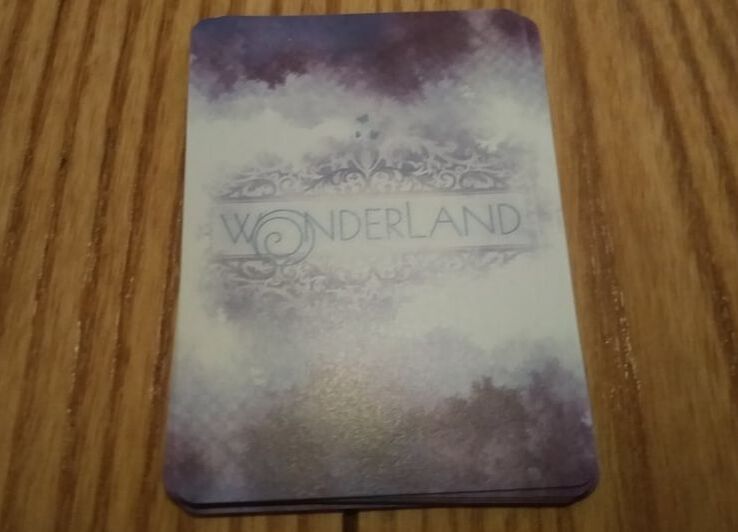
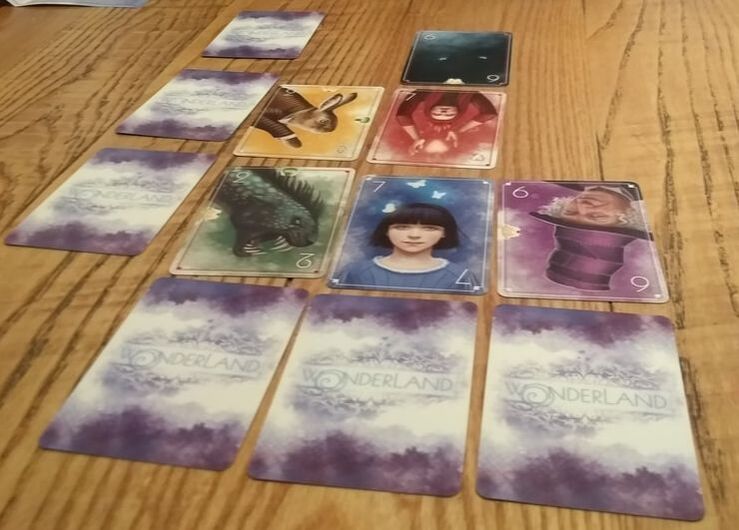
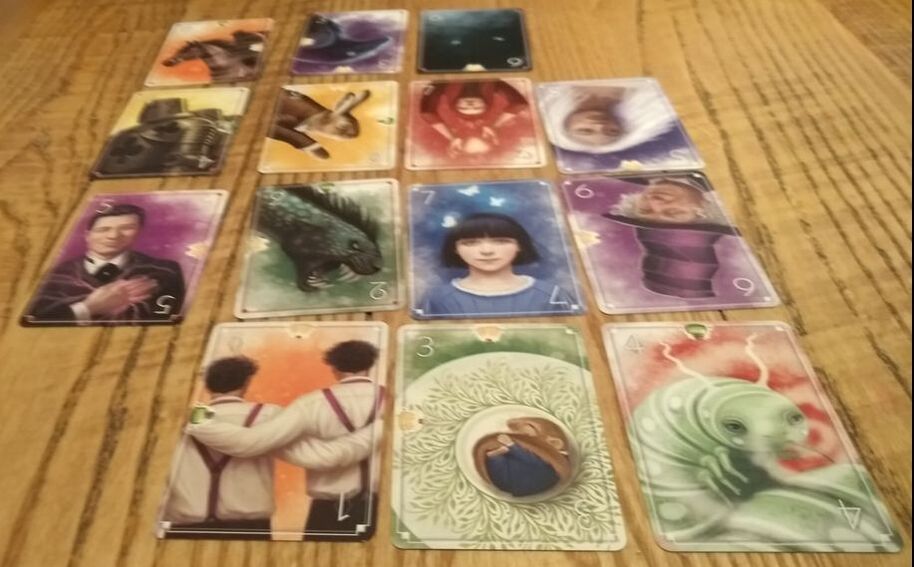
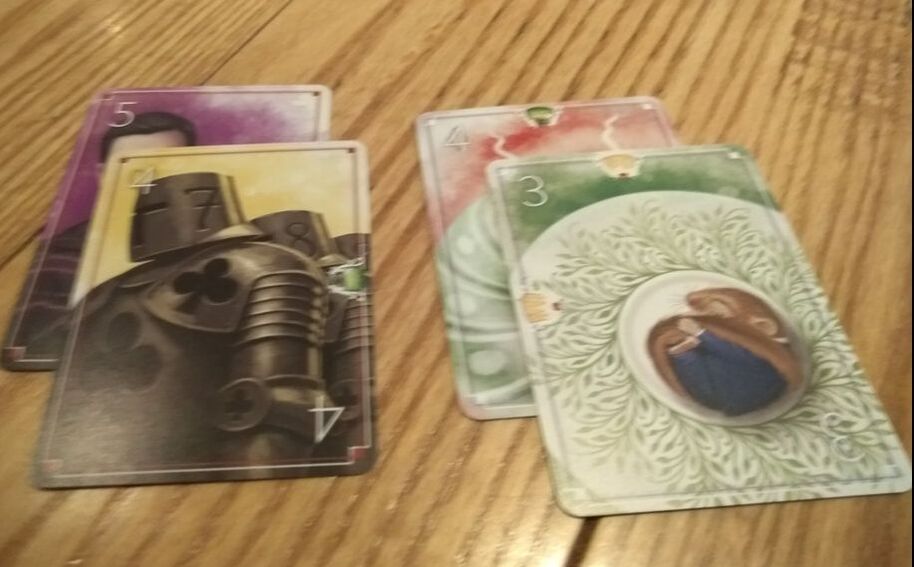
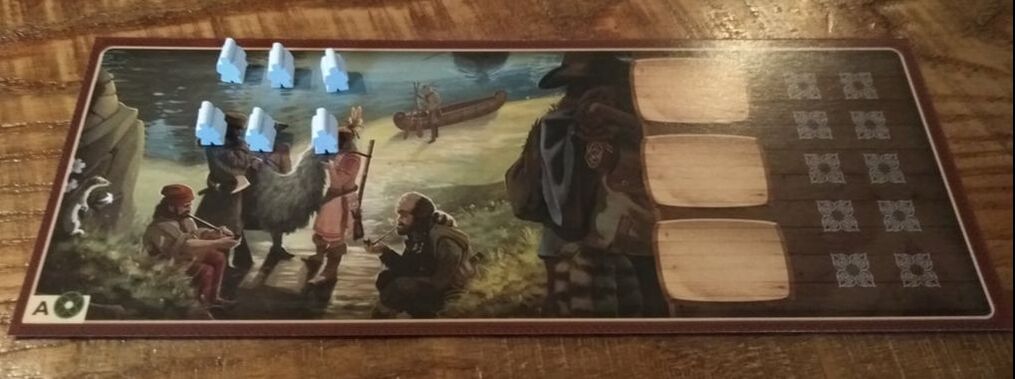
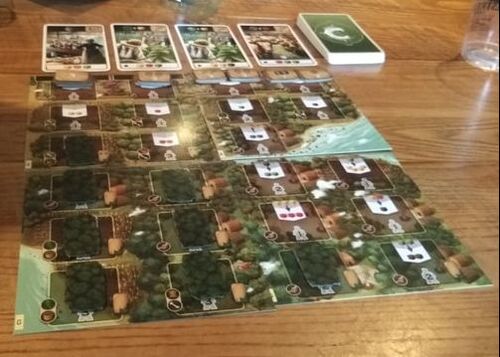
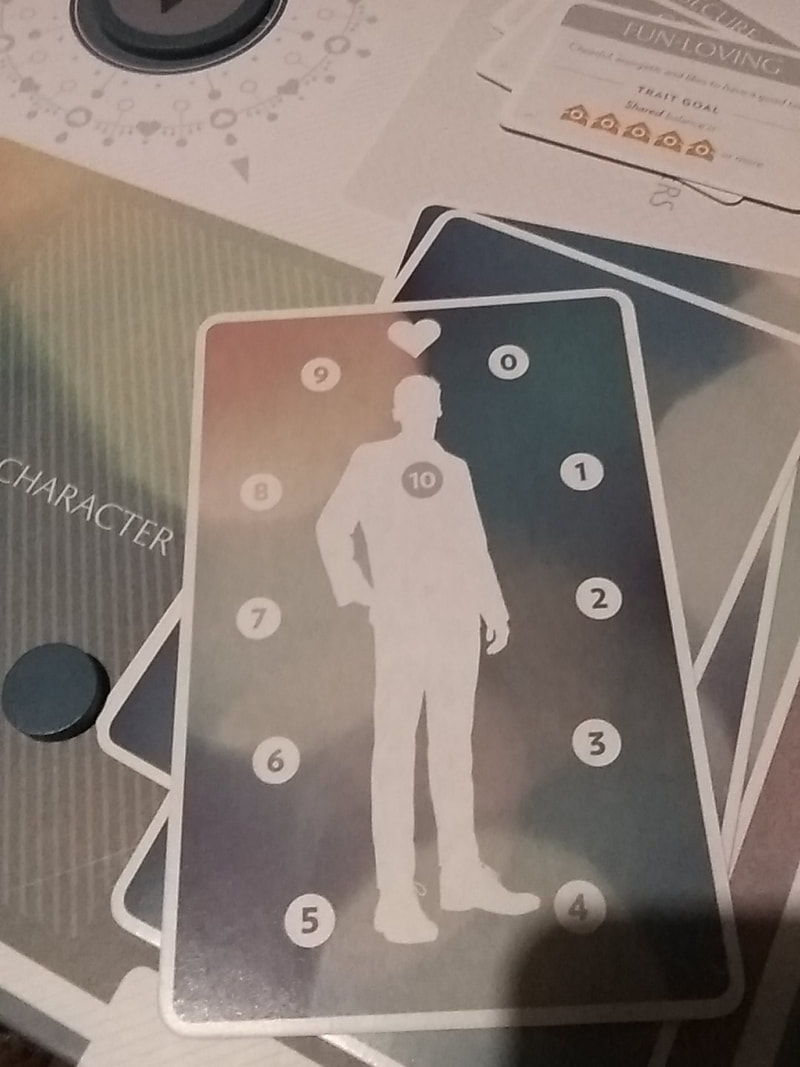
 RSS Feed
RSS Feed
